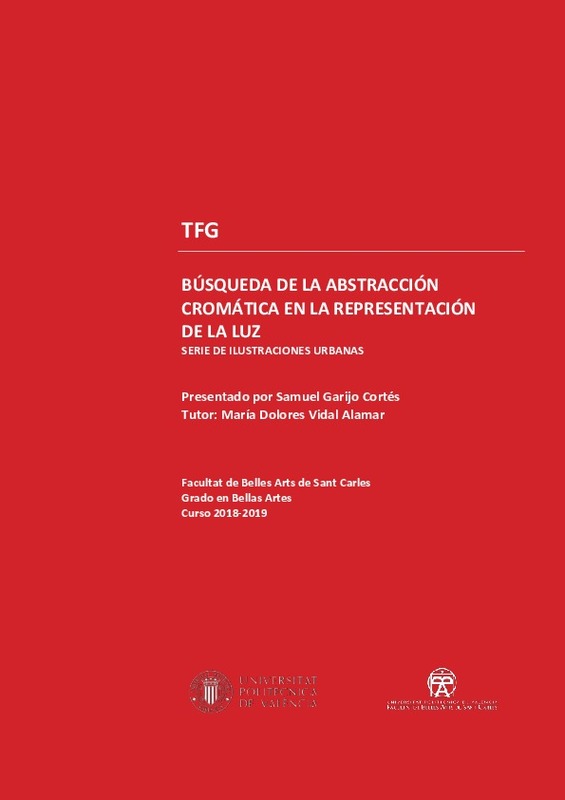|
Resumen:
|
[ES] Este trabajo presenta una colección de ilustraciones y pinturas inspiradas en la visión de Edward Hopper acerca del paisaje urbano. Nos referimos a una visión que entiende la representación pictórica, no como una ...[+]
[ES] Este trabajo presenta una colección de ilustraciones y pinturas inspiradas en la visión de Edward Hopper acerca del paisaje urbano. Nos referimos a una visión que entiende la representación pictórica, no como una simple imitación de la realidad, sino como la visión personal que el artista exterioriza.
El objetivo de esta colección es investigar y encontrar un lenguaje pictórico que nos proporcione herramientas para poder expresar impresiones respecto de nuestro entorno. Para ello se han buscado diferentes recursos, tanto formales e iconológicos como técnicos.
En especial se ha querido enfatizar la expresividad de la imagen a través del tratamiento de la luz. Se han preferido aquellas escenas urbanas en las que no ocurre nada significativo, para que el potencial narrativo venga dado por los recursos plásticos. Por lo tanto se ha evitado poner el acento en la acción narrada o en los lugares representados. Durante el proceso pictórico, los colores se abstraen de la forma para alcanzar significados emocionales, y, en una segunda instancia, vuelven a conformarse a la figuración del referente. Con ello se pretende introducir distorsiones en la imagen que obliguen al espectador a abandonar la complacencia del que observa algo reconocible; pasando así a un nivel superior de reflexión.
[-]
[EN] This work presents a collection of illustrations and paintings inspired by Edward Hopper's vision of the urban landscape. We refer to a vision that understands pictorial representation, not as a simple imitation of ...[+]
[EN] This work presents a collection of illustrations and paintings inspired by Edward Hopper's vision of the urban landscape. We refer to a vision that understands pictorial representation, not as a simple imitation of reality, but as the personal vision that the artist exteriorizes.
The objective of this collection is to investigate and find a pictorial language that provides us with tools to be able to express impressions about our environment. For this, different resources have been sought, both formal and iconological as well as technical.
In particular, we wanted to emphasize the expressiveness of the image through the treatment of light. Urban scenes have been preferred in which nothing significant happens, so that the narrative potential comes from the plastic resources. Therefore, the accent has been avoided in the narrated action or in the places represented. During the pictorial process, the colors are abstracted from the form to reach emotional meanings, and, in a second instance, they return to conform to the figuration of the referent. This is intended to introduce distortions in the image that oblige the viewer to abandon the complacency of those who observe something recognizable; thus going to a higher level of reflection.
[-]
|







